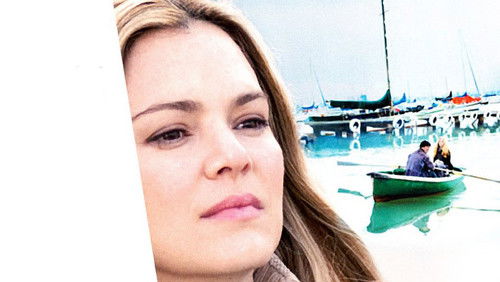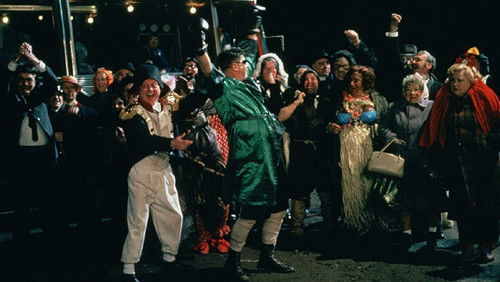Workers (2013)
63KWorkers: Directed by Jose Luis Valle. With Jesus Padilla, Susana Salazar, Barbara Perrin Rivemar, Sergio Limon. After a whole life of work at Tijuana, Rafael and Lidia are victims of injustice against their rights and dignity: Rafael learns that due to a paperwork mistake, he will not be entitled to his retirement pension. As for Lidia, she finds out that her employer’s will leave the entire heirloom to the dog. In their own way, alone and silently, they’ll begin a battle: Rafael against a company, Lidia against a dog. Curiously, these struggles are not visible.
“I saw this film during the Berlinale 2013 film festival, as part of the Panaroma Special section. Both Rafael and Lidia are workers in the traditional sense of the word: employed for minimal wages by an employer who has the money and the power to let them do their work in a boring daily routine. Though neither of them is abused, physically nor mentally, the working relationships with their respective employers border on feudalism, something that we thought abandoned more than a century ago.u003cbr/u003eu003cbr/u003eRafael, on one hand, works in a lamps factory owned by Philips. His personnel records show him to be a loyal worker who never reported sick. His loyalty is demonstrated when we see him moving light bulbs in shops to hide the cheaper competition. Due to some things that happened in between (no details, to avoid spoilers), in the end of the film we see him doing the reverse. A 2nd nice detail is that he always has a pen with him but cannot read or write, just to have it ready u0026quot;when someone needs itu0026quot;. We see various examples of the latter, the best one in the final scene when he receives a very special offer. In the mean time (a 3rd nice detail) we see that a young man is voluntarily teaching him to read and write, and even sends a replacement boy when he cannot make it once due to an exam.u003cbr/u003eu003cbr/u003eLidia, on the other hand, works for a lady who is extremely devoted to her dog, to an extent we cannot even begin to imagine. The lady dies halfway the movie, and when reading her will we see that she left everything to her dog. But, if and when her dog is cared for until its death, the same testament appoints the workers as the ultimate heirs. Of course, this gives rise to clever plans to kill the dog, but that proves not so easy to do without leaving marks of an unnatural death. This story has several nice details too, like the one with Rafael. I leave these unmentioned, as the examples with Rafael give you an idea what to expect. Alas, I also remember a few loose ends in the story, still unexplained even after having seen the finale.u003cbr/u003eu003cbr/u003eWe see the two stories develop in parallel. They only have their respective feudal working relationships in common. Both story lines run in turns, not sliding one in front of the other. This could have been a perfect scenario for an interesting film, were it not that some of the scenes drag on much too long. Even worse, some of the scenes seem endless, particularly the one at the beginning where we have a slowly changing view on the sea, without any hint whatsoever how it relates to the plot at hand.u003cbr/u003eu003cbr/u003eAll in all, apart from the underlying criticism on feudal working relationships, I see several positive sides in both stories in the form of many nice details that are not essential but certainly liven up the story line. On the negative side, it is a pity that there are a few loose ends left, which could easily be repaired and woven into aforementioned nice details, in order to improve the scenario. Acting such, it could make much better use of the two hours running time, now partly wasted on scenes that take too long. I cannot recommend this film for these reasons, in spite of the two interesting plots and the commendable way it is shot and acted.”









